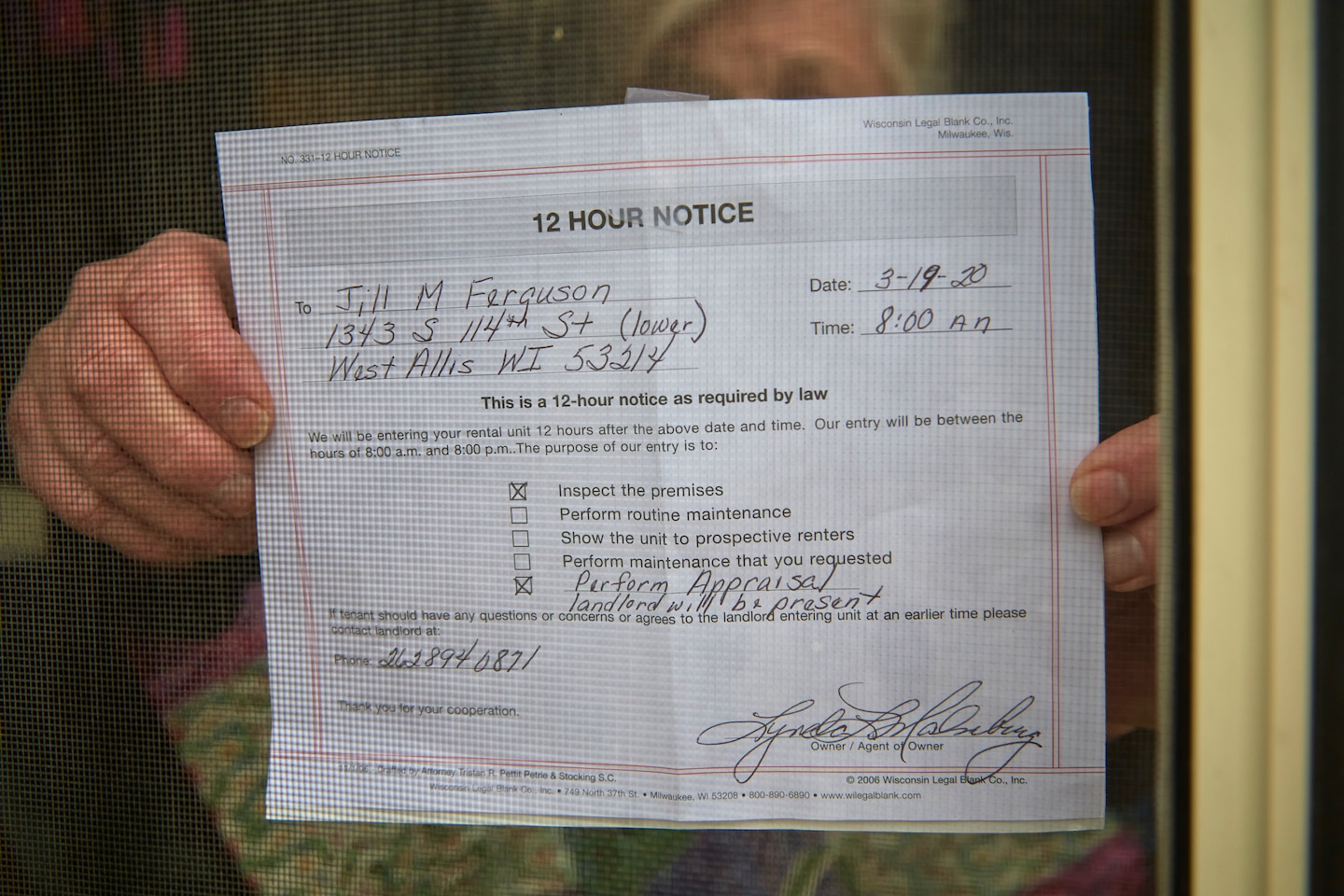Want to help kids weather this school year? Keep them from getting evicted.

If Congress can’t get its act together to extend this moratorium and expand its coverage, or if states and localities don’t extend and expand their own protections, landlords can start moving to kick renters out of their homes, a near-inevitability. The end of the moratoriums might mean millions of students lose their homes just as the school year starts, beginning the semester dogged by a process that would throw their lives into even greater chaos.
With many school districts shifting to online instruction this fall, students are expected to trade school buildings for spaces in their homes, a change predicated on students having homes in the first place. What happens when that space isn’t there, or when students are suddenly displaced?
Regaining stability after an eviction in normal times isn’t easy, since an eviction record can make it difficult to obtain new housing. Changing residences may force students to move schools midyear. Along with housing security, students’ ability to complete schoolwork online will be thrown into disarray, as the pandemic has closed typical alternative sources for Internet access such as libraries and fast food restaurants. Though initiatives like providing Internet hot spots might help, Internet access alone is insufficient for ensuring a strong learning environment. Pushing students into homeless shelters or crowded residences after an eviction not only will negatively impact achievement but also contradicts scientific evidence for combating covid-19. Even when tenants keep their homes, living on the brink of eviction means less money for other necessities, resulting in, for example, a 450 percent increase in child food insecurity compared with 2018. We can’t expect children to learn when they’re hungry.
More insidiously, rampant eviction will expand racial disparities in academic achievement. Black households experience higher rates of eviction filings: Landlords file against black renters at around twice the rate as they do against white renters. Mass eviction that disproportionately impacts black families will exacerbate inequitable access to needed resources and construct further barriers to closing academic achievement gaps.
These measures haven’t completely prevented landlords from moving to evict tenants anyway, however, and nearly all of the lingering protections will expire by the time students enter virtual classrooms this fall. Without swift action, an avalanche of evictions awaits: Recent estimates suggest the pandemic could result in 28 million people losing their homes.
While federal policy tends to address education and housing separately, they are unequivocally linked. That connection will be paramount this upcoming school year.
Evictions wreak havoc on tenants, their families and their communities in the best of times. These are far from the best times, or even typical ones, and it’s clear that we’re careening toward an unprecedented catastrophe. If we care about keeping students safe, and if we care about educational equity, we need to find ways of keeping children home while still providing high-quality, easily accessible education. That starts with making sure they have homes at all.
Read more:






